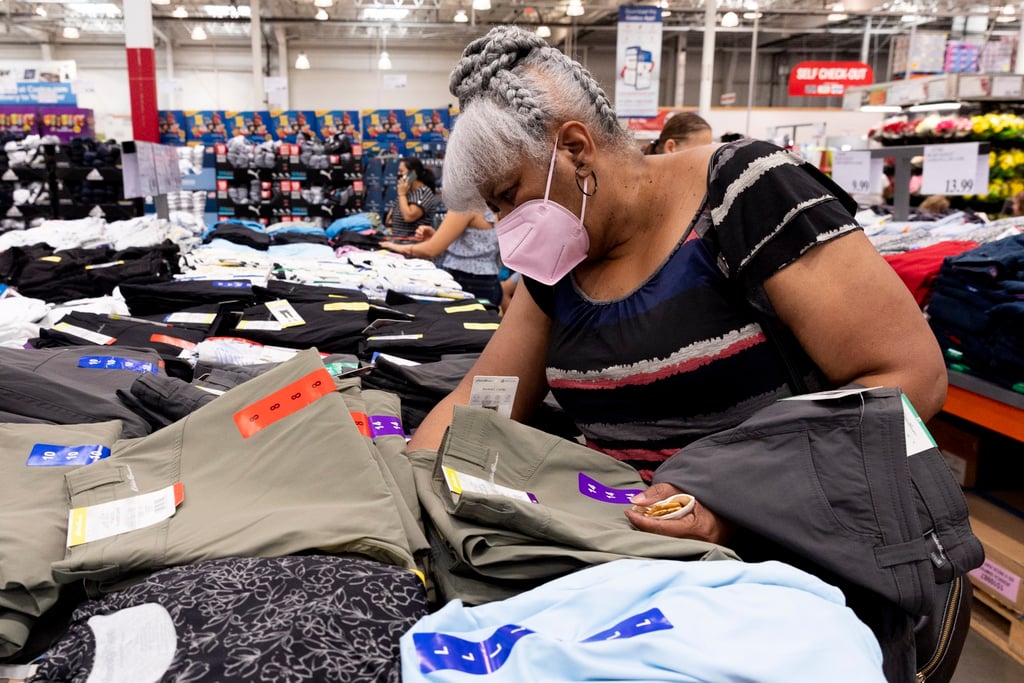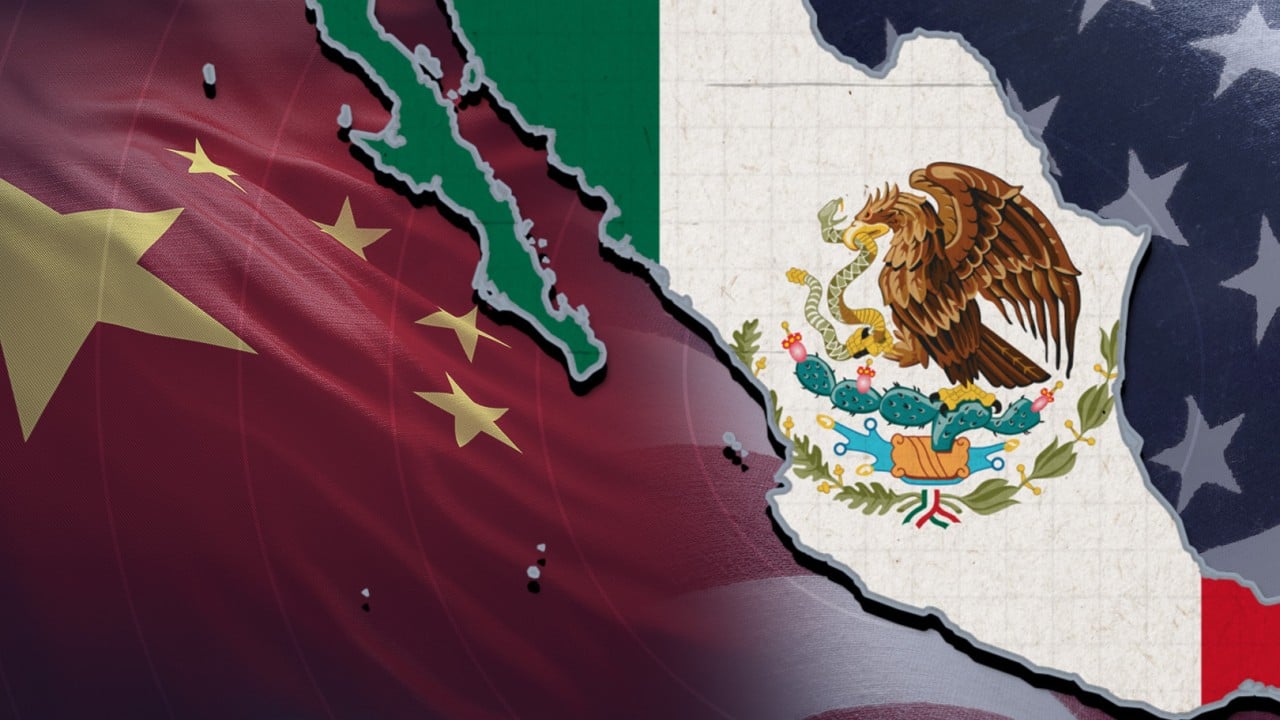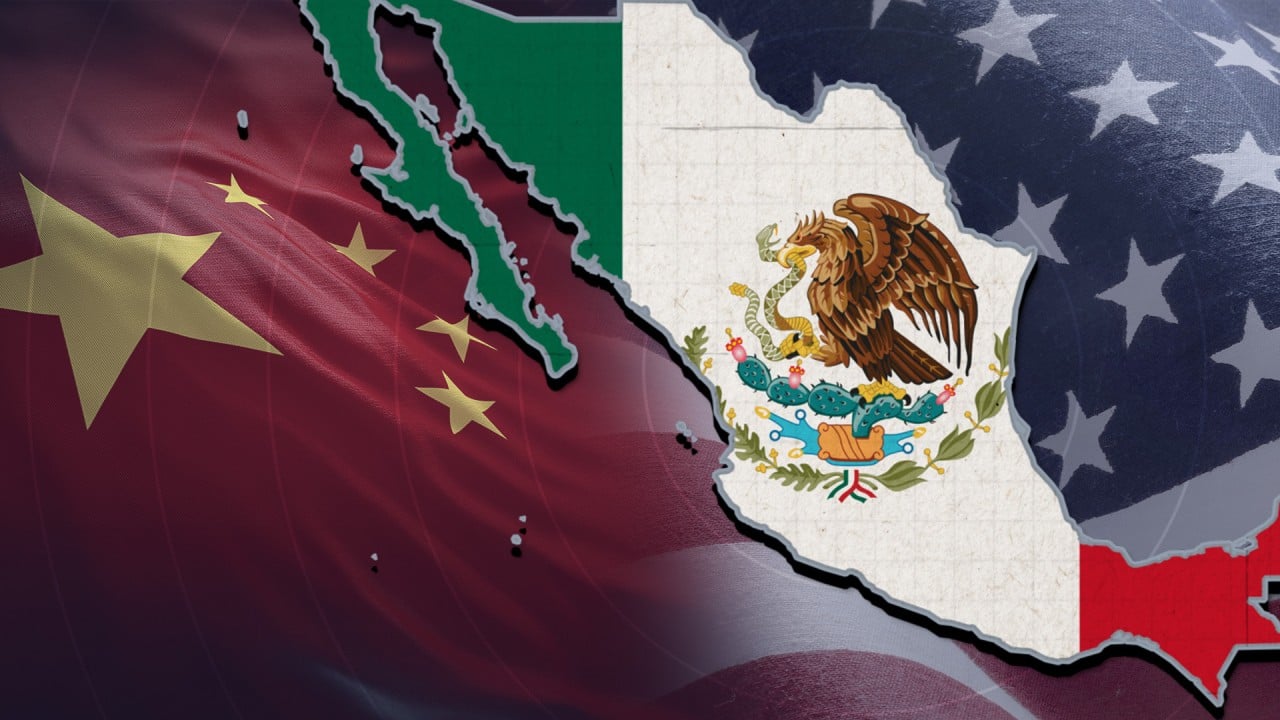It was during Bill Clinton’s 1992 presidential campaign that Jim Carville, his campaign strategist, stole the show with his immortal quip: “It’s the economy, stupid.”
Carville may have been right at the time. The US was, after all, struggling to recover from a recession, and the quip helped Clinton win the election. But, more often than not, economics and trade seem to play a small – even peripheral – role in election outcomes. That’s a pity, because much economic harm might otherwise have been avoided, and the present battle between Donald Trump and Kamala Harris seems set to be no exception.
In truth, neither Trump nor Harris have spent much time focused on economic issues. Inflation is an abiding concern, but as it slips back below 3 per cent, and as the long-predicted recession remains elusive, electoral attention could well be distracted elsewhere. But, when they have turned to trade and economics, many of their ideas seem at best mistaken and at worst potentially harmful.
Most worrying is what Maurice Obstfeld at the Peterson Institute recently called “a deep distrust of economic openness” – a bipartisan consensus that the open trade which has been nurtured by the US for the past seven decades is doing more harm than good to the nation.
Trade liberalisation is no longer recognised as a massive contributor to economic growth and poverty reduction worldwide, but perceived as a net negative that is harming US manufacturers and workers, as well as the country’s best interests.
Trump and his trade adviser Robert Lighthizer promise that, if returned to power, they would double down on the tariff protections launched in 2018 and then mainly targeted at China. Meanwhile, Democrats around President Joe Biden and his aspiring heir Harris are rallying to protect US workers and rebuild America as a manufacturing superpower – even though the impact is likely in net terms to be negative.
As a Carnegie Endowment paper published in May concluded, “irrespective of whether prioritising manufacturing optimises American economic growth, there is strong political support for doing so.”

Studies have shown that Trump’s tariff war – not just against China – has not only cost the US economy dearly, but has failed in its overall objective to reduce the US trade deficit, and in particular to eliminate the deficit with China. As the US Tax Foundation noted: “Even though trade with China fell after the imposition of tariffs, it did not fundamentally alter the overall balance of trade.”
US Census Bureau data reveals that America’s global deficit in goods trade amounted to US$1.06 trillion in 2023 – down slightly from US$1.18 trillion in 2022, but sharply up from the 2016 deficit of US$750 billion.
While direct exports from China are down, exports from Indonesia have jumped by 80 per cent, the Philippines by 61 per cent and Vietnam by 200 per cent, while China’s exports to the Association of Southeast Asian Nations (Asean) as a whole have soared. China accounts for 15.6 per cent of Asean trade, compared with 9.8 per cent in 2010, with Asean overtaking the US and the European Union to be China’s leading export market in 2023.
In short, it seems that tariffs have had almost no impact on the overall balance of US trade, but have complicated the route Chinese exports follow before they arrive in the US. Trump acolytes would argue that the tariffs have generated an important new source of revenue and helped to encourage a regeneration of domestic manufacturing, but data does not yet support this.
The Tax Foundation has estimated that Trump’s proposed new tariffs, which could raise up to US$500 billion, would in net terms lower gross domestic product by 0.8 per cent and cost around 684,000 full-time jobs. A 2022 Department of Agriculture study reported direct farm export losses in 2018 and 2019 of US$27 billion as a result of tariff retaliation in export markets.
These developments do not seem to concern the presidential contenders – nor the parties they represent. It would be an exaggeration to say we are returning to 1930s-style protectionism, because despite the US’ best protectionist efforts over the past decade, and all the talk of onshoring, near-shoring, friendshoring and fierce containment of China and its companies, global data does not yet show great harm has been done.
Most countries are fiercely supportive of the World Trade Organization and the rules-based multilateral framework by which it supports international trade, and wish to remain engaged in global supply networks. And China is as much at the heart of this multilateralism as it ever has been since becoming a WTO member in 2001.
So it seems this emergent US “distrust of economic openness” is in the process of altering the composition of global trade. As China’s trade with Asean has quietly overtaken its trade with the US, so China’s trade has surged with large emerging economies across the Global South.
According to the World Bank, south-south trade was just over 9 per cent in 1950. United Nations data shows it has increased to almost 30 per cent of global trade in recent years. Meanwhile, trade among developed countries has been declining.
America’s presidential candidates may currently be unconcerned about building high protective walls around the US economy, but they may be on borrowed time. Sometimes, it really is “the economy, stupid.”
David Dodwell is CEO of the trade policy and international relations consultancy Strategic Access, focused on developments and challenges facing the Asia-Pacific



